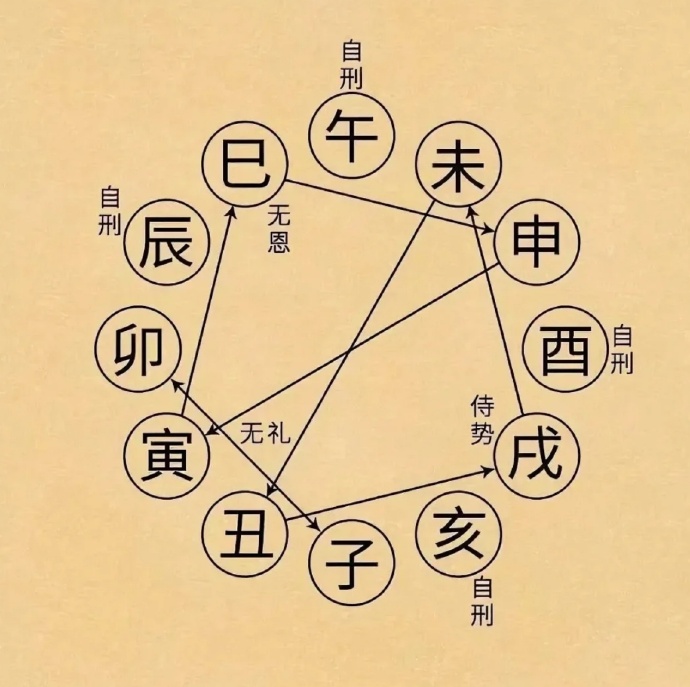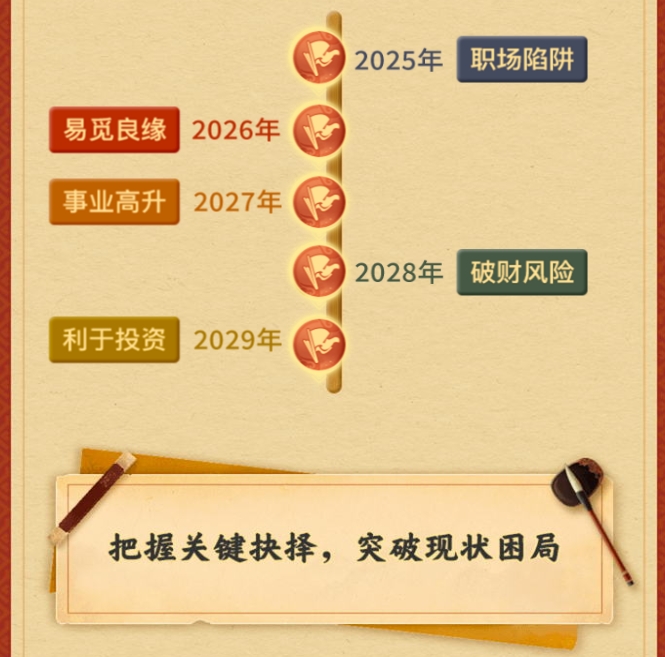Mastering the Pronunciation of November 10th in English
When it comes to saying dates in English, many learners stumble over the subtle nuances that make native speakers sound natural. November 10th presents an interesting case study in English date pronunciation because it combines a month name with an ordinal number. The key to sounding authentic lies in understanding three crucial elements: syllable stress, vowel sounds, and the often-misunderstood "-th" ending.
Let's break down "November 10th" into its fundamental components. First, we have the month name "November," which contains three distinct syllables: No-vem-ber. The stress falls on the second syllable, making it sound like "no-VEM-ber." Many non-native speakers make the mistake of equalizing the syllables or stressing the first one, which immediately sounds unnatural to native ears.
The number portion requires even more attention. While we write "10th," we're actually dealing with two separate pronunciation elements: the cardinal number "ten" and the ordinal suffix "-th." This combination creates what linguists call an ordinal number in this case, "tenth." The transformation from "ten" to "tenth" involves more than just adding letters; it requires specific mouth movements and tongue placements.
One frequent error occurs when speakers pronounce the "10th" as "ten-th" with two separate syllables. In natural English speech, we blend these into a single syllable "tenth," where the "n" and "th" sounds flow together seamlessly. Another pitfall involves the month's middle syllable some learners over-enunciate the "vem" portion, making it sound like "vaym" instead of the correct short "e" sound similar to "bed."
The table below illustrates some common mispronunciations alongside the correct versions:
English date pronunciation follows a distinct rhythm that many learners overlook. For "November 10th," the stress pattern creates a musical quality: no-VEM-ber TENTH. Notice how the stressed syllables alternate with unstressed ones, creating a natural flow. This rhythm becomes particularly important in fast speech, where native speakers might slightly reduce the unstressed syllables while maintaining the stressed ones clearly.
The intonation pattern typically rises slightly on "November" and falls on "tenth," marking the completion of the date phrase. This subtle pitch change helps listeners recognize that you've finished stating the date rather than pausing mid-thought. Recording yourself and comparing to native speaker samples can help you identify whether you're capturing this musical quality correctly.
While the basic pronunciation remains consistent across most English dialects, some regional variations exist. In certain British accents, particularly Received Pronunciation, you might hear a slightly more clipped "tenth" with less aspiration on the "th." American English tends to pronounce the "th" more distinctly, with the tongue clearly visible between the teeth for some speakers.

Australian English might reduce the final "r" in November more than other varieties, making it sound closer to "no-VEM-buh." These variations are generally minor and won't affect comprehension, but being aware of them can help you understand different English speakers and choose which model to follow based on your learning goals.
How you say "November 10th" can change slightly depending on the sentence context. In isolation, we pronounce it clearly as "no-VEM-ber tenth." However, in connected speech, especially when it's part of a longer phrase like "on November 10th," the pronunciation might become more fluid. The "on" and "November" often blend together, with the "n" sound carrying over: "on-no-VEM-ber tenth."
Similarly, when emphasizing the date for clarity (perhaps when correcting someone), you might stress both the month and the date equally: "NO-vem-ber TENTH." This variation demonstrates how English speakers use pronunciation flexibility to convey different meanings and emphasis without changing the actual words.
The modern pronunciation of "November 10th" reflects centuries of linguistic evolution. The month name comes from the Latin "novem" meaning nine (as it was the ninth month in the Roman calendar), which explains the "vem" pronunciation rather than a more intuitive "vem" for English speakers. The ordinal number system developed from Old English "-þa" (thorn representing the "th" sound) attached to numbers.
This historical context helps explain why we have what might seem like irregular pronunciation patterns today. The preservation of the "v" sound in November (rather than shifting to a "b" sound as sometimes happens with Latin borrowings) and the maintenance of the dental fricative "th" in ordinals both represent conscious preservation of etymological roots in educated speech throughout English's development.
Mastering the pronunciation of dates like November 10th has numerous practical benefits. In professional settings, clear date pronunciation prevents scheduling misunderstandings. When making appointments or discussing deadlines, a mispronounced date could lead to confusion between similar-sounding numbers (like 10th and 19th). Clear pronunciation also contributes to overall speaking confidence in English.
In academic contexts, proper date pronunciation is essential when presenting research findings or historical information. Many significant events occur on November 10th throughout history, from political milestones to scientific discoveries. Being able to articulate this date clearly allows for more effective communication when discussing these important moments.

The way we say "November 10th" often adjusts based on formality. In formal speeches or presentations, you'll typically hear more careful articulation, with each syllable of "November" receiving equal time and the "th" in "tenth" fully aspirated. In contrast, casual conversation might see these elements relaxed November" might become "Novem-ber" (two syllables) and "tenth" could lose some of its dental quality.
This variation isn't about correctness but rather about appropriate register. Just as we dress differently for different occasions, we adjust our pronunciation to suit the context. The key is maintaining intelligibility while adapting to the speech situation. Being aware of these differences helps learners sound more natural across various English-speaking environments.
Producing the sounds in "November 10th" correctly requires specific mouth configurations. For "November," the lips must briefly touch for the "m" sound, while the "v" requires the upper teeth to gently touch the lower lip. The "tenth" presents particular challenges with its combination of alveolar "t" and dental "th" sounds, requiring precise tongue placement.
Many non-native speakers struggle with these sounds because their native languages may not use identical mouth positions. For example, speakers of languages without dental fricatives often substitute similar sounds from their own language, resulting in mispronunciations. Understanding the physical mechanics behind these sounds can dramatically improve pronunciation accuracy.
Many English learners experience anxiety around pronouncing dates correctly, fearing they'll be misunderstood or judged. This psychological barrier can actually worsen pronunciation as tension affects mouth movements. Approaching "November 10th" pronunciation with a relaxed mindset often yields better results than intense focus on perfection.
The brain processes automatic speech differently than carefully monitored speech. After sufficient practice, date pronunciation should become automatic, freeing cognitive resources for more complex aspects of communication. This transition from conscious to automatic processing marks true mastery of English pronunciation patterns.

Modern technology offers numerous tools for mastering "November 10th" pronunciation. Speech recognition software can provide instant feedback on accuracy. Mobile apps allow for slowed-down listening to native speaker models. Online dictionaries often include audio examples of both isolated words and phrases containing dates.
When using these tools, focus specifically on the transitions between words and the musical rhythm of the full date. Many programs highlight stressed syllables visually, which can help internalize the natural flow of English dates. However, technology should complement rather than replace interaction with human speakers for the most authentic pronunciation practice.
While our focus is pronunciation, understanding the cultural weight of certain dates can motivate precise articulation. November 10th marks important events in various countries it's the birthday of the United States Marine Corps, World Science Day for Peace and Development, and other significant observances. Being able to pronounce this date clearly shows respect when discussing these occasions.
In some cultures, dates carry particular numerological or superstitious significance. While English pronunciation remains consistent regardless of context, being aware of these cultural dimensions can inform when to use particularly careful enunciation versus more relaxed speech patterns in international communication settings.
As English continues evolving globally, some pronunciation patterns may shift. Currently, there's a trend toward more syllable-timed speech among non-native English speakers worldwide, which could affect how dates are pronounced in international contexts. However, the core pronunciation of "November 10th" as "no-VEM-ber tenth" remains stable in native-speaker communities.
Technology also influences pronunciation norms, with voice assistants standardizing certain pronunciations. As these systems become more sophisticated at recognizing varied speech patterns, they may also contribute to maintaining or modifying traditional pronunciation standards for dates and other time-related vocabulary in English.